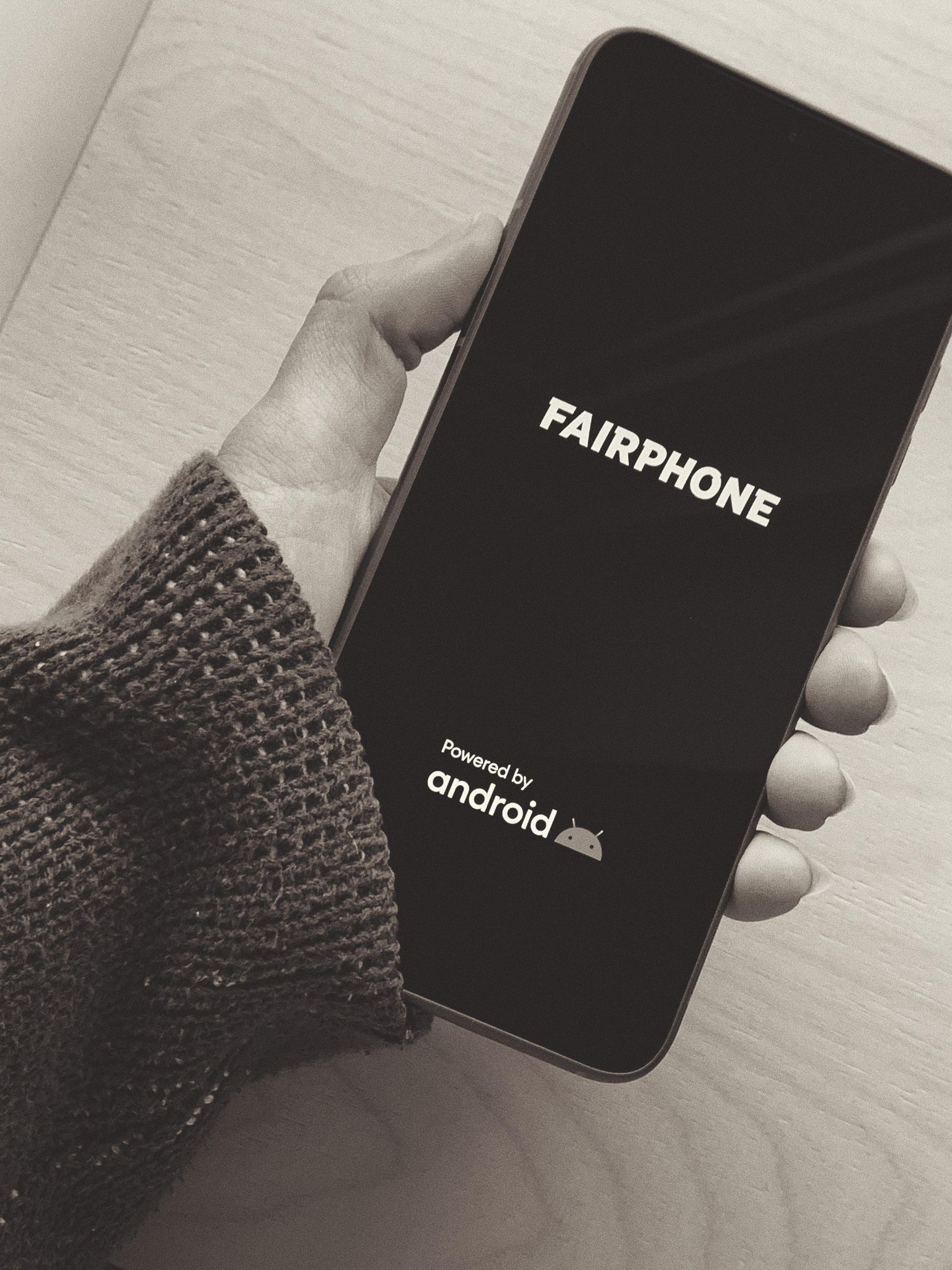Hello everbody! When it comes to zero waste, two of the essential ideas revolve around “refusing” and “reducing”. When living more sustainably there are things we give up, things we boycott and phase out of our lives in other to lower our impact. But we can’t really phase everything out, that’s impractical. So the things we can’t refuse altogether we reduce and consume more consciously. While it might be more sustainable to not have a phone, it isn’t a realistic way of living for most people today, and it’s really useless advice to ask someone to unplug in order to be sustainable, so instead, we find other ways of minimizing the impact of our devices. So let’s talk about the impact of smartphones, and how to become a more sustainable smartphone user.
Also check out: HOW IS STREAMING AFFECTING THE PLANET? // the price of being plugged in
Today’s post is sponsored by Fairphone.
Fairphone carries the line of the most sustainably and ethically produced smartphones in the world, they are made with recycled materials (which you’ll see in a sec why that’s so nifty), they are B-Corp and Fair Trade certified, they are paying their workers living wages and advocates for more transparency in the tech industry. Fairphone also accepts old phones and recycled them, in 2020 they recycled 17.000 phones! Furthermore, the Fairphone’s design is made to last, it is easy to repair the phone yourself, so you can change parts rather than replace the whole phone, meaning a lower impact and less waste. Fairphone also has a public impact report that is one of the most thorough I have ever seen, so if you, like me, want to really dive into the material, Fairphone is incredibly transparent about its work and what needs to change in the tech industry.
Also check out: H30 ways to save energy in an energy crisis
The tech industry is responsible for 3.7% of global greenhouse gases, which sounds like a small amount but it’s around the same as airplanes, and it is theorized that by 2040 the tech industry will be responsible for 14% of global emissions (Journal of Cleaner Production, 2018). 1.4 billion smartphones are sold every year, 88% of Danes own a smartphone, and around 3.5 billion people in the world own a smartphone, a number that is steadily rising – so let’s talk about what it “costs” to make one.

Production
75% of the impact of a smartphone is generated during the manufacturing stage, an average phone emits about 70kg of greenhouse gases during manufacturing.
This is due to the mining, refining, transport, and assembly of the dozens of chemical elements that make up cutting-edge tech: iron for the speakers and microphones, aluminum and magnesium for the frames and screen, copper, silver, and gold for the electronic circuits, graphite and lithium for the batteries, silicon for the processor, and lead and tin for the solderings.
An average smartphone also requires 16-17 rare earth metals that are scattered in small concentrations around the planet. These materials are all obtained via mining, which is an industry rife with pollution and inhumane working conditions, aaaand slavery and forced child labor. Gold mining for electronic devices is a major cause of deforestation in the Amazon, as well as in many other places on earth. During the mining phase, mercury and cyanide waste also contaminates drinking water and soil, which is detrimental to natural ecosystems as well as people. In Chile, huge amounts of water are evaporated to produce lithium for batteries, which has a huge impact on local farming. In the Democratic Republic of Congo, the mining operations of the tech industry have funded civil war.
Also check out: HOW DO YOU KNOW IF A BRAND IS SUSTAINABLE / making eco decisions 101

Usage
So the smartphone is pretty impact-heavy during its manufacturing stage which should mean that it is a durable product that can last a long time. Yeah, logically speaking that would make sense, but no. On average, we change our phones every 2,5 years, even though we could have kept our phones for much longer.
While planned obsolescence plays a significant factor in terms of how long we can functionally use our phones for what we want, vanity also plays an issue. For many consumers, the look, model, and presentation of their phone is also a way to express wealth or a way to stay on trend. Many tech companies are constantly coming out with new models, with changes big enough so they are noticeably different, but with similar basic functions – and the main reason is to make consumer replace their current, functioning, phones, just for the heck of it.
Most phones today are not built to be repaired and many manufacturers actually take measures to prevent that repairs are carried out, as such many big tech companies prefer their products to be disposable, and that is extremely wasteful when a product requires so many resources to produce.
Every year, 65.000 tons of smartphones are thrown away, which is about 152 million units, and only 11% of them are recycled. This means that we are facing an incomprehensible quantity of e-waste, aka electronic waste aka the fasting growing category of waste at the moment. The majority of these end up in landfills all around the world, but especially so in low-income countries, contaminating their air, soil, and water systems.
A new impact report from Fairphone shows that keeping our smartphones for 5-7 years instead of the average 2,5, you can reduce the impact of your smartphone by 28-42%.
Also check out: Are electric cars actually more sustainable?

Planned obsolescence
Planned obsolescence is the calculated act of making sure the existing versions of a product will become dated or useless within a given time frame. For smartphones that means creating software that works better on new models, while deliberately slowing down older models, and nudging consumers to update their devices, this is also referred to as programmed obsolescence. It can also wear down the hardware that makes the phone more prone to breaks.
Another example of planned obsolescence is the light bulb – light bulbs can actually be made to last for years, decades actually, but they are manufactured to break and be replaced instead, that’s the short story, you can read up on the Centennial Light and the Phoebus cartel if you want the whole story.
The difference between planned obsolescence and simply just something wearing down is the fact that the expiration date is intentionally built into the design of a product, from the beginning. The notion of disposal is a deliberate part of the product, even if it doesn’t have to be
Also check out: The Environmental Impact of Cryptocurrency
So what can we do?
- The good news, the best and most sustainable option is to use the phone you already have, and use it for as long as possible.
- If you are looking to buy new, support a company or an initiative that pushes in the right direction, like Fairphone, or go second-hand or pre-loved.
- Take care of your device, be mindful with it, and make it last as long as possible, use screen protection, protective covers, etc so it is less likely that the phone is damaged
- Advocate or support advocates of green tech, efficient batteries, and political action that holds manufacturers accountable.
- Sell or recycle your own smartphone






